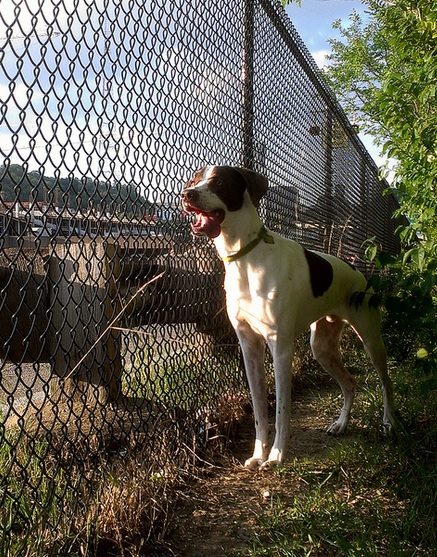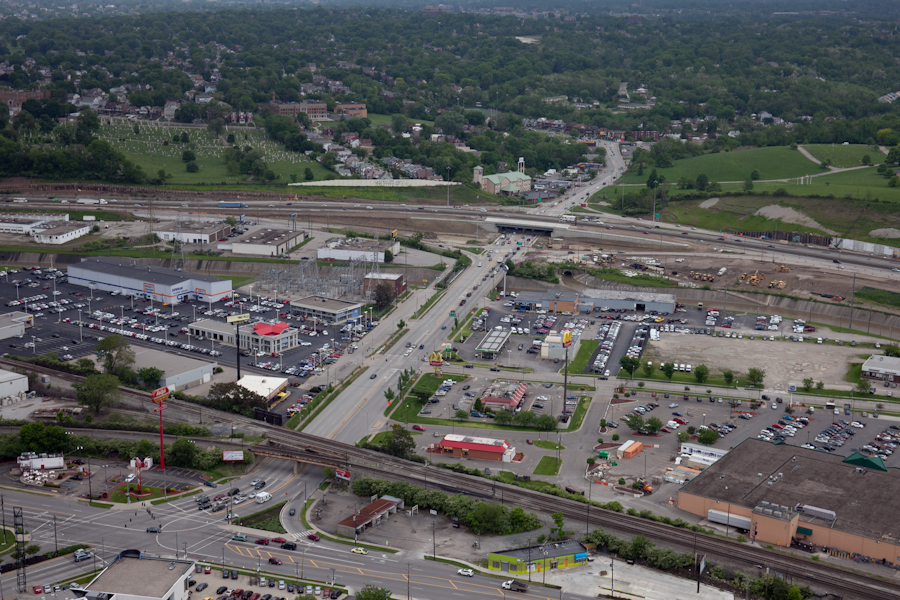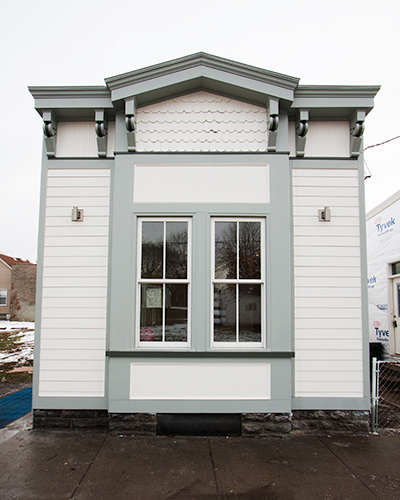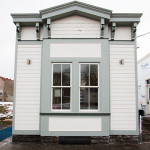As the number of people living in the center city continues to increase, so does the number of dogs. One of the problems, however, is that center city residents do not have yards where their dogs can run around or take care of other, let’s say, daily needs.
This is where dog parks come in.
The problem is that, in 2008, Cincinnati had just 1.2 off-leash dog parks per 100,000 thousand residents – ranking it 15th nationally according to the Trust for Public Land (TPL). The ratio has remained unchanged at 1.2 off-leash dog park per 100,000 residents, but other cities have made significant improvements since 2008 while Cincinnati has not. According the the TPL, Cincinnati has just four such dog parks and its ranking has plummeted 17 spots to 32nd in the nation.
This will be the ninth year for the annual Balls Around The Block (BATB) event downtown, and since 2010 the event has donated its proceeds to support Fido Field – an off-leash dog park on the eastern edge of downtown. While not a new dog park, the effort is helping improve Cincinnati’s standing.
Event organizers say that BATB raised more than $10,000 for Fido Field last year, which paid to top the large dog section with recycled rubber. The goal for this year is to raise more than $12,000 this year.
This year’s event is expected to attract more the one-hundred participants, as it has the past several years, and will include stops at 11 official venues in the Backstage Entertainment District block bounded by Sixth Street, Walnut Street, Seventh Street and Vine Street.
The event works with so many people due to the team setup. Organizers require that each person participating in the event sign-up a team consisting of 25 members. Each of the teams will start at different bars. From there participants will be instructed by group leaders once 30 minutes has lapsed and it is time to move on to the next destination.
Venues this year include Mr. Sushi, Knockbat Nats, Play, Local’s, Madonna’s, Nicholson’s, Righteous Room, Igby’s, Mynt, Rock Bottom and Scene, and each will have its own drink and food specials for those participating in BATB. Organizers also say that they will be giving out a variety of raffle prizes including gift cards to local businesses, adult beverages, doggie daycare and food, a Hustler gift basket and more.
This year’s event will cost $35 per person and will take place on Friday, February 7. Registration will close at 3pm the day of the event, but those who wish to register at the door can do so for $40 cash, if there are spots remaining.
Those that would like to contribute to the cause, but don’t have the balls (sorry, I had to) to participate, can make a tax-deductible donation by contacting the event organizers at ballsaroundtheblock@yahoo.com.






